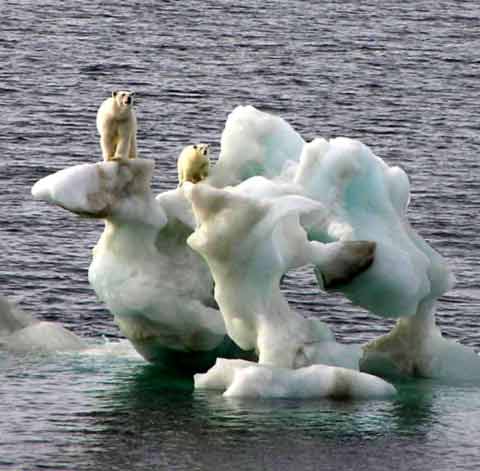Midnight Marauder
Rookie
- Feb 28, 2009
- 12,404
- 1,939
- 0
- Banned
- #21
In my first post, stupid ass.Where the link?
Now, answer MY questions: NOAA and NASA are stalling on FOIA requests for raw data. Have been stonewalling it for years.
That's part of science? You're okay with it?




